Soft Pastels vs Chalk Pastels
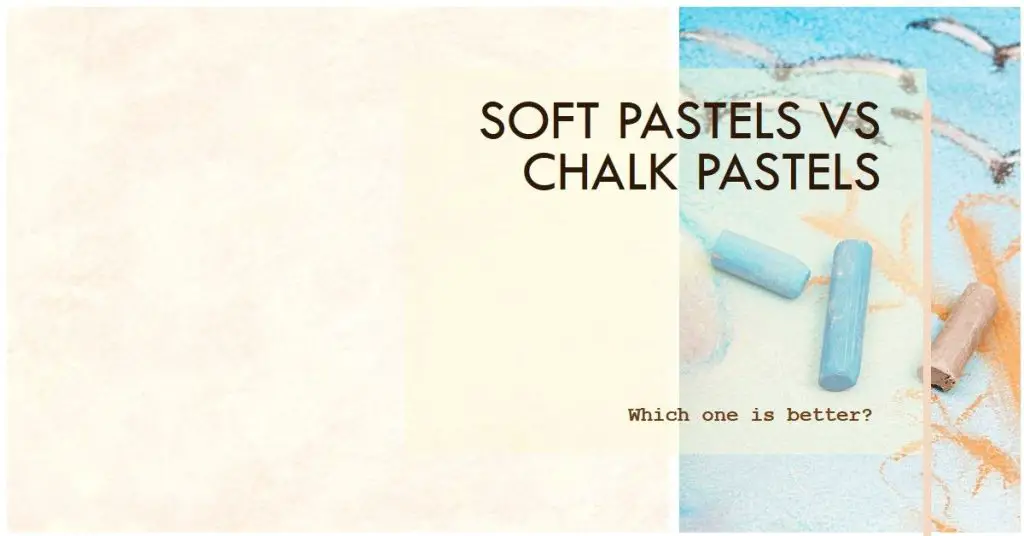
Are you an aspiring artist looking to get into pastel painting? Are you overwhelmed by the vast selection of pastel mediums available?
Are you wondering what the difference is between soft pastels vs chalk pastels? Look no further!
In this blog post, I’ll be exploring the differences in texture, pigment, and application between these two types of pastels, so you can make an informed decision on which medium best suits your needs.
- Soft Pastels vs Chalk Pastels
- Overview Of Pastels
- Types Of Pastels
- Differences In Texture And Consistency
- Binder Content And Pigment Quality
- Benefits Of Soft Pastels For Beginners
- Different Brands And Colours Available
- Colour Blending Techniques Using Soft Pastels
- Different Uses For Chalk Pastels
- Creative Effects That Can Be Achieved With Chalk Pastels
- The Best Way To Store And Care For Both Types Of Pastel Pencils
- The Pros And Cons Of Working With Soft And Chalk Pastel
- Tips To Get Started With Soft Or Chalk Pastel
- Finishing Touches To Enhance Your Artwork With Soft Or Chalk Pastel
- Final Thoughts on Soft Pastels vs Chalk Pastels
Overview Of Pastels
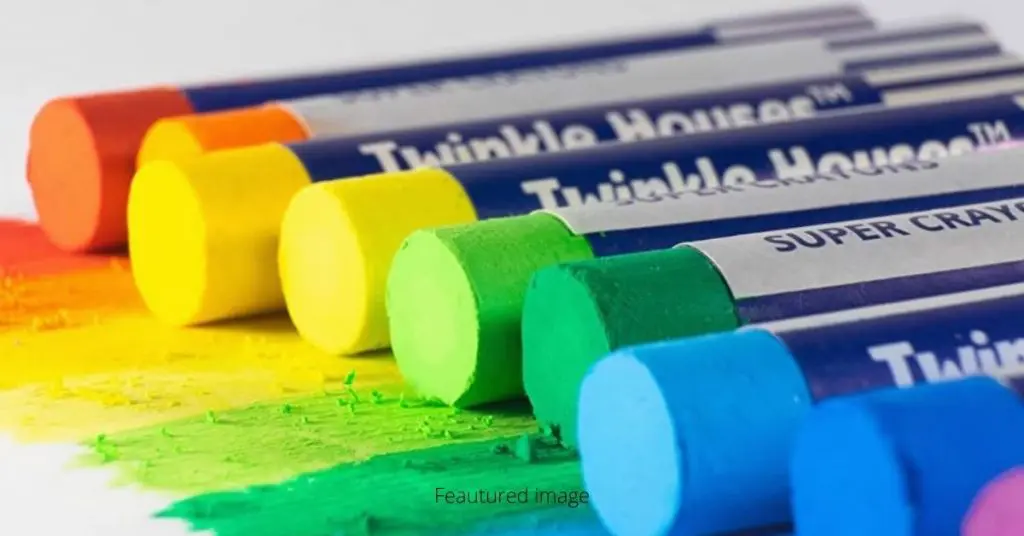
Pastels are an art form that has been used for centuries. They come in a variety of forms, including soft pastels, chalk pastels and hard pastels as well as pastel pencils.
Pastel painting is often considered to be a more delicate style than traditional oil or acrylic painting.
The main difference between the types of pastels lies in the composition and hardness of the sticks.
Soft pastels have a higher pigment concentration and contain less binder than other varieties, making them softer and easier to blend together on paper.
Chalk pastels are coarser and contain more binders which make them better suited for creating bold outlines or textures on canvas or wood panels.
Harder versions such as oil-based pastel pencils provide greater precision when creating detailed artwork.
Types Of Pastels
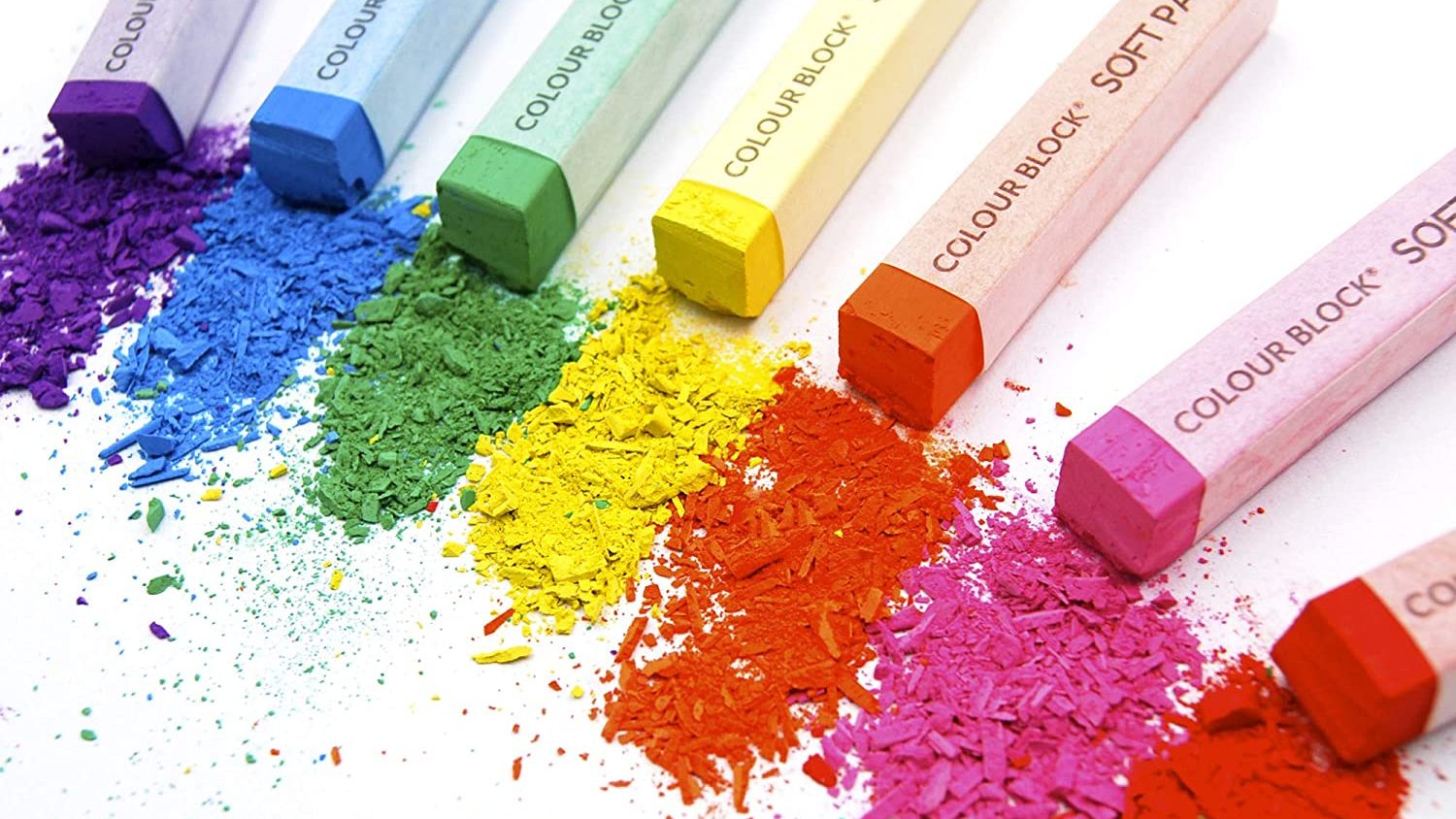
The type of pastel used can make a huge difference when it comes to the look and feel of the artwork.
Soft pastels and chalk pastels are two very different types of pastels that have distinct characteristics.
Soft pastels are made from pure pigment mixed with a non-drying oil or gum binder. They come in many varieties, such as round sticks, crayons, or even pencils.
Soft pastels create velvety colors thanks to their creamy texture and tend to be more vibrant than other types of pastels.
Oil Pastels also belong to this family but they use wax instead of an oil binder which creates brighter colors that don’t blend well together on some types of paper.
Chalk pastels are made from calcium carbonate ground into small particles combined with a binding agent like clay or resin.
These produce the hard surface needed for making detailed lines and strokes on paper or board surfaces.
Chalk pastels produce duller colors than soft pastels but they offer better control over details due to their firmer consistency and longer working time.
With these differences between them, artists must decide which type best suits their needs when selecting between hard and soft pastels!
Differences In Texture And Consistency
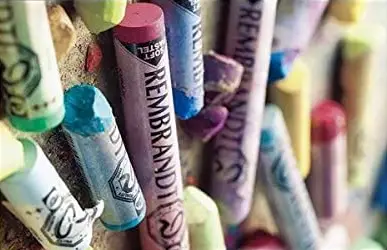
Now that we’ve explored the differences between hard and soft pastels, let’s look at how their textures and consistencies differ.
Soft Pastels
Soft pastels generally have a creamy, buttery texture due to a higher binder content than those found in chalk pastels.
They are also more pigmented, making them ideal for painting large areas of color or creating detailed artwork on textured paper.
Chalk Pastels
Chalk pastels tend to be chalky and powdery with less pigment and binders than soft pastels. This makes them better suited for sketching out an idea before committing to it with harder materials like oil paints or acrylics.
When it comes to manufacturers, there can be quite a bit of variation in both types of pastel—some contain the least amount of binder while others use only high-quality ingredients.
The type of paper used is another factor; rough surfaces will absorb some of the medium’s oils and waxes, leaving behind a matte finish, while smoother papers may require more layers to achieve vibrant colors.
Ultimately, choosing the right products depends on your own preferences as an artist.
Considering all these factors, binder content and pigment quality must be taken into account when selecting which type of pastel best suits you and your artistic needs.
Binder Content And Pigment Quality
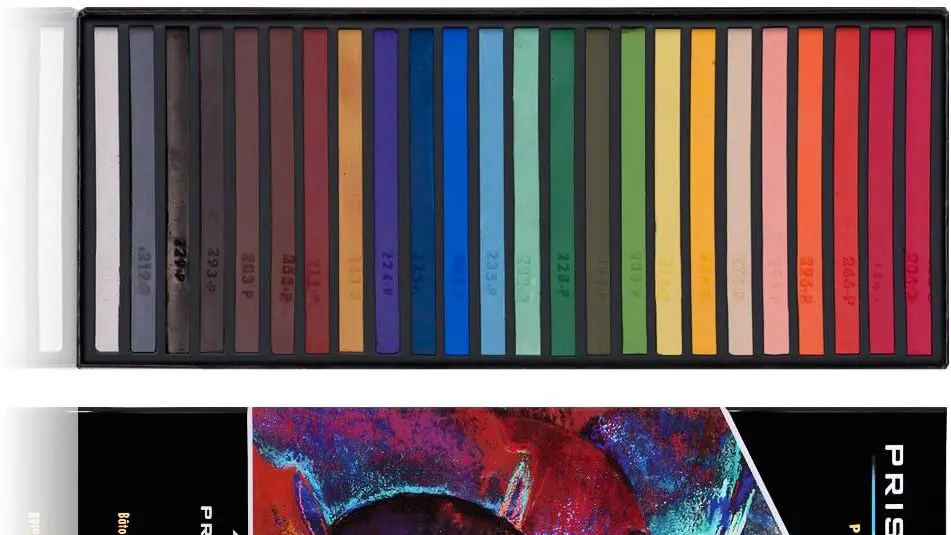
When comparing soft pastels to chalk pastels, it’s like looking at two different pieces of artwork from the same artist.
The binder content and pigment quality vary so greatly between these two mediums that it can be shocking for an aspiring artist.
Soft pastels are made with a much higher concentration of pure pigments than their counterparts which creates a bolder, richer color when applied to paper or canvas.
Additionally, most soft pastel manufacturers use a combination of gum arabic and wax as binders while chalk pastels rely on oil-based binders such as linseed oil or mineral spirits.
This results in softer lines and textures that make them easier to control and manipulate compared to hard pastels.
In the next section, we will look at the benefits of soft pastels for beginners, keep this difference in mind as you consider what type of art material best suits your needs.
Benefits Of Soft Pastels For Beginners
Now that the differences between soft pastels and chalk pastels have been discussed, here are some benefits of soft pastels for beginners:
- Soft pastels are easy to use, require less preparation and can be applied directly onto pastel surfaces like paper and canvas
- Soft pastels allow artists to achieve painterly effects with ease, allowing them to blend colours together effortlessly and create unique textures and shades
- Soft pastels blend easily, allowing you to manipulate the pigment further without worrying
- There are many different brands and colours available, perfect for any beginner artist
Different Brands And Colours Available
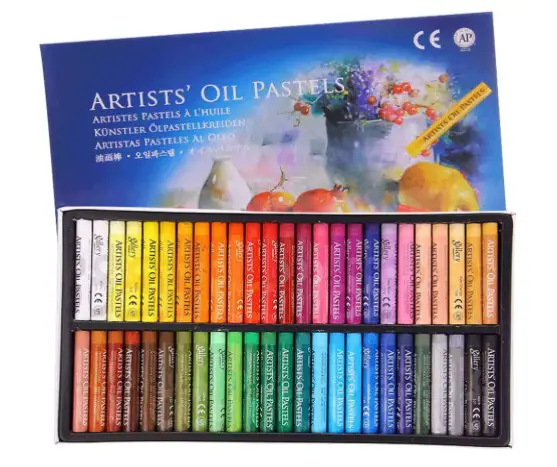
When it comes to pastels, there’s a wide range of options available. Soft pastels come in sticks that are much longer than chalk pastels – usually around eight inches long and about half an inch thick.
Because soft pastels have a higher pigment concentration, they tend to create more vivid colours when used on quality paper.
Additionally, you can get them in a much wider range of colors with many brands offering over 200 shades!
Depending on what look you’re trying to achieve, you may also want to consider purchasing ‘half sticks’ which give access to even more subtle variations within each colour tone.
To summarize, while both types of pastel mediums provide their own unique effects and advantages depending on your project’s needs, soft pastels generally provide a wider range of colors and hues- making them ideal for achieving bright and vibrant results.
As such, they make an excellent choice for anyone looking to explore the world of colorful artwork!
Colour Blending Techniques Using Soft Pastels
- Layering: Start by laying down a base layer of color, then layer lighter and darker colors on top, blending and smudging with your finger or a cloth.
- Blending: Begin by laying down a base layer of color and then use a colorless blending tool, such as a tortillon or blending stump, to blend and smudge the colors together.
- Stippling: Dab and dot the soft pastel sticks onto the paper, building up layers of color.
- Scumbling: Drag the soft pastel sticks across the paper, blending and overlapping the colors.
- Crosshatching: Draw lines in opposite directions, blending and overlapping the colors.
- Sgraffito: Scratch into the pastel layers and draw out details to create texture.
Different Uses For Chalk Pastels
Soft pastels and chalk pastels are two similar types of art media with some major differences. Both consist of a pigment bound together in an oil or gum base, but what sets them apart is the type of binder used.
Soft pastels use an oil-based binder such as mineral spirits, whereas hard pastels use ingredients like plaster of paris, clay and gum arabic to create their stick form.
As a result, soft pastel sticks typically have a more buttery texture than chalk pastels which can be quite crumbly.
The difference between these two types of mediums also results in different effects when used on paper.
Soft pastels produce a smooth blend that makes them ideal for creating subtle gradations of color while chalk pastels provide bolder lines and sharper edges which make them better suited for sketching techniques.
Additionally, they tend to lift off the paper easier making it possible to achieve creative effects with layering colors and blending techniques.
Allowing you to create unique textures with each stroke of the pastel stick.
Creative Effects That Can Be Achieved With Chalk Pastels
One of the most interesting things about chalk pastels is that they have a much harder texture than soft pastels.
This makes them ideal for achieving certain creative effects and adding textures to your work.
- Create thick lines or bold areas of color without having to mix several layers together
- Blend with mineral oil to create new shades and hues
- Highly versatile when it comes to manipulating their pigments
- Pressure applied can vary from fine details to broader strokes
- Hard consistency contains less dust than soft pastels, making clean-up easier
The Best Way To Store And Care For Both Types Of Pastel Pencils
It is important to properly store and care for both types of pastels in order to maintain their quality.
Soft pastels should be kept in airtight boxes or containers so as not to absorb any moisture from the environment which could cause them to deteriorate over time.
Chalk pastels can be stored in standard pencil cases but must still be protected from a humidity if possible.
Storing and caring for both soft and hard pastels correctly will ensure you get the maximum lifespan out of your art supplies; this ultimately saves money in the long run and helps keep your art beautiful for years to come.
In addition, proper storage will protect your work from dust and dirt which may otherwise damage its appearance or integrity over time.
With these tips in mind, you’re now well-equipped to create stunning pieces of artwork with either type of media!
Moving forward we’ll explore the pros and cons of working with soft and chalk pastels.
The Pros And Cons Of Working With Soft And Chalk Pastel
Chalk Pastels:
- Pros:
- Easy to blend colors
- Easy to erase mistakes
- Less expensive than other media
- Cons:
- Dusty, can be messy
- Colors can fade quickly
- Smudges easily
Soft Pastels
- Pros:
- Easy to blend and mix colors
- Highly pigmented
- Smudge and layer easily
- Lightweight and portable
- Cons:
- Prone to smudging and dust
- Color intensity can fade over time
- Not waterproof
- Limited color range
Tips To Get Started With Soft Or Chalk Pastel
Here are some tips to help you get the best out of using soft or chalk pastel:
- Start with a smooth surface, such as thick cardstock or art board
- Start with a light color and layer darker colors on top
- Try using a blending stump or a soft cloth to blend colors together
- Change up your strokes by using horizontal, vertical, and circular motions
- Use an eraser to remove color or to create highlights
- Experiment with different types of pastels like hard and oil
- Layer colors to create new ones and vary the pressure to create different tones
- Work from light to dark to create a more natural blend
- Create a varnish to protect your pastel artwork
Finishing Touches To Enhance Your Artwork With Soft Or Chalk Pastel
The softer consistency of soft pastels makes them ideal for blending and layering colors on paper or canvas.
They also have better coverage than hard pastels, so you can use less color for the desired effect.
Harder chalk pastels work best when used over an already-prepared surface, like sanded paper; they don’t blend as well, but they do provide more vibrant hues that won’t fade easily.
No matter which type of pastel you choose, there are several finishing touches that will bring out the best in your artwork.
- First, rub a finger gently across any unblended areas to even out the strokes.
- You can also try using a fixative spray to keep your artwork looking fresh without smudging it further.
- Finally, take some time to add highlights and shadows where needed – this will give your piece an extra layer of depth and realism!
Final Thoughts on Soft Pastels vs Chalk Pastels
Overall, both soft pastels and chalk pastels are great mediums for creating art.
Soft pastels are more vibrant and easier to blend, while chalk pastels are more resistant to smudging and may be better for creating outlines.
Ultimately, the choice of which type of pastel to use depends on the needs and preferences of the artist.


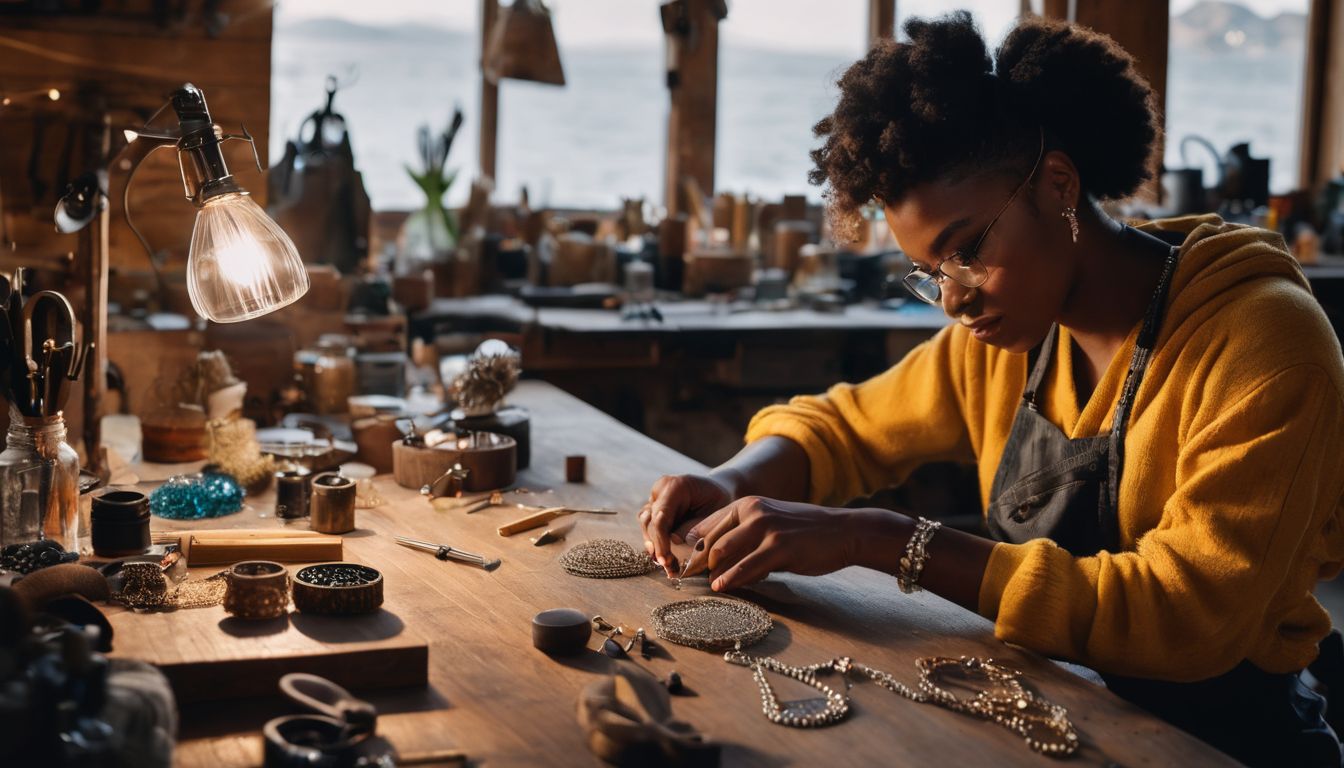

Leave a Reply